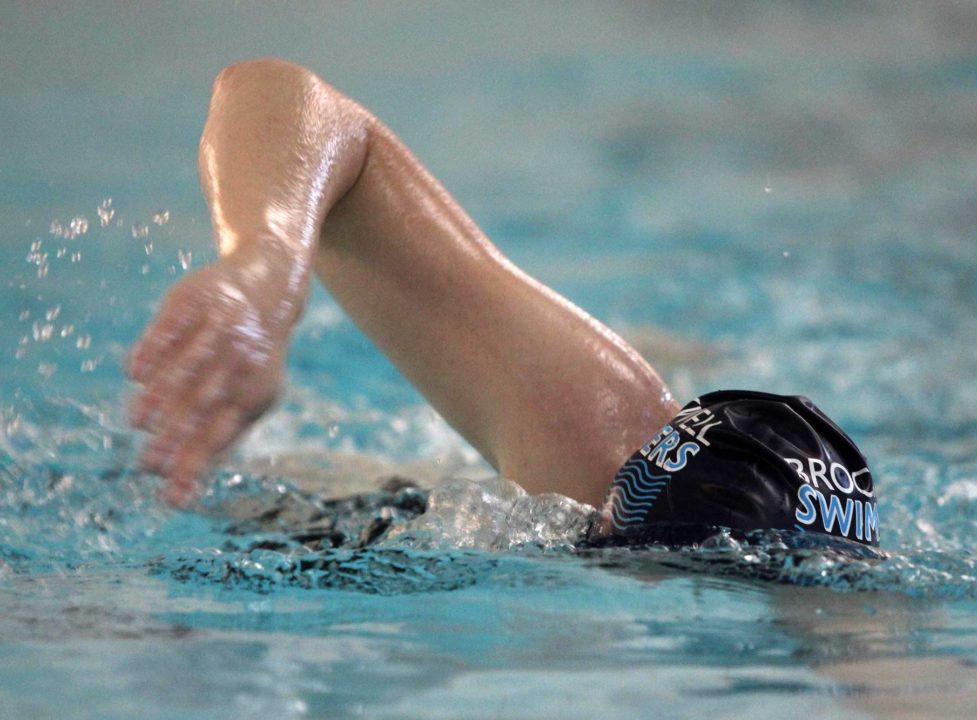Many of our members ask about the ‘pull’ when they swim front crawl. You can find out more about this technique at one of our Tuesday Swim Sessions, but in the meantime here are some videos we have sourced from the internet which might help…
The Four Phases of the Pull
Hand Entry
The hand entry is the first phase of the freestyle pull, and sets the stage for the early High Elbow Catch. Major problems that swimmers struggle with in attempting to perform the proper hand entry include an entry that is either too shallow or too deep, crossing over, lack of extension, or entering the water with the thumb first. Each of these flaws can not only impede performance but also lead to injuries, so mastering the proper hand entry is the first step on the way to a fast and injury-free freestyle. Ideally, the hand should enter the water with the fingertips in a neutral position and forearm relaxed.
The proper hand entry is particularly important to maintain a straight line when swimming in open water.
The swimmer should place the hand in front of the shoulders, not in front of the nose, to avoid crossing over which can lead to a zig-zag stroke.
Swimmers should also focus on getting a good extension at the front of the stroke, taking care not to drop the elbow immediately upon entering the water, or during the initiation of the pull. A good extension means that the swimmer will be increasing their distance per stroke.
The High Elbow Catch
The catch is an extremely important phase of the pull, and if executed properly, it can make or break the freestyle. The high elbow catch is a very efficient method. This form of catch has the swimmer pressing the water downward with the hand and forearm while keeping a high bent elbow, as opposed to pulling downward with a straight arm or a dropped elbow. The high elbow creates less drag at the front of the stroke, thus improving efficiency.
Pull
In the pull phase of the stroke the swimmer presses through the water after the high elbow catch. Using the back muscles to propel through the water here will avoid putting undue pressure on the shoulder. The proper catch will allow the swimmer to anchor and pull through the water properly and efficiently. At this point, the swimmer will also begin to use the core muscles to rotate the body past the hands. Accelerating the hand and arm through the water in sync with the rotation creates the pull.
Finish
The final, and equally important, phase of the pull is the finish of the stroke. Ideally, the finish should occur with the hand exiting the water just past the hip. By lengthening the finish, the swimmer accesses further acceleration at the side of the body, and increases his or her distance per stroke.
REMEMBER – First trial sessions are free, and members can also claim a free session if they introduce a new member.


